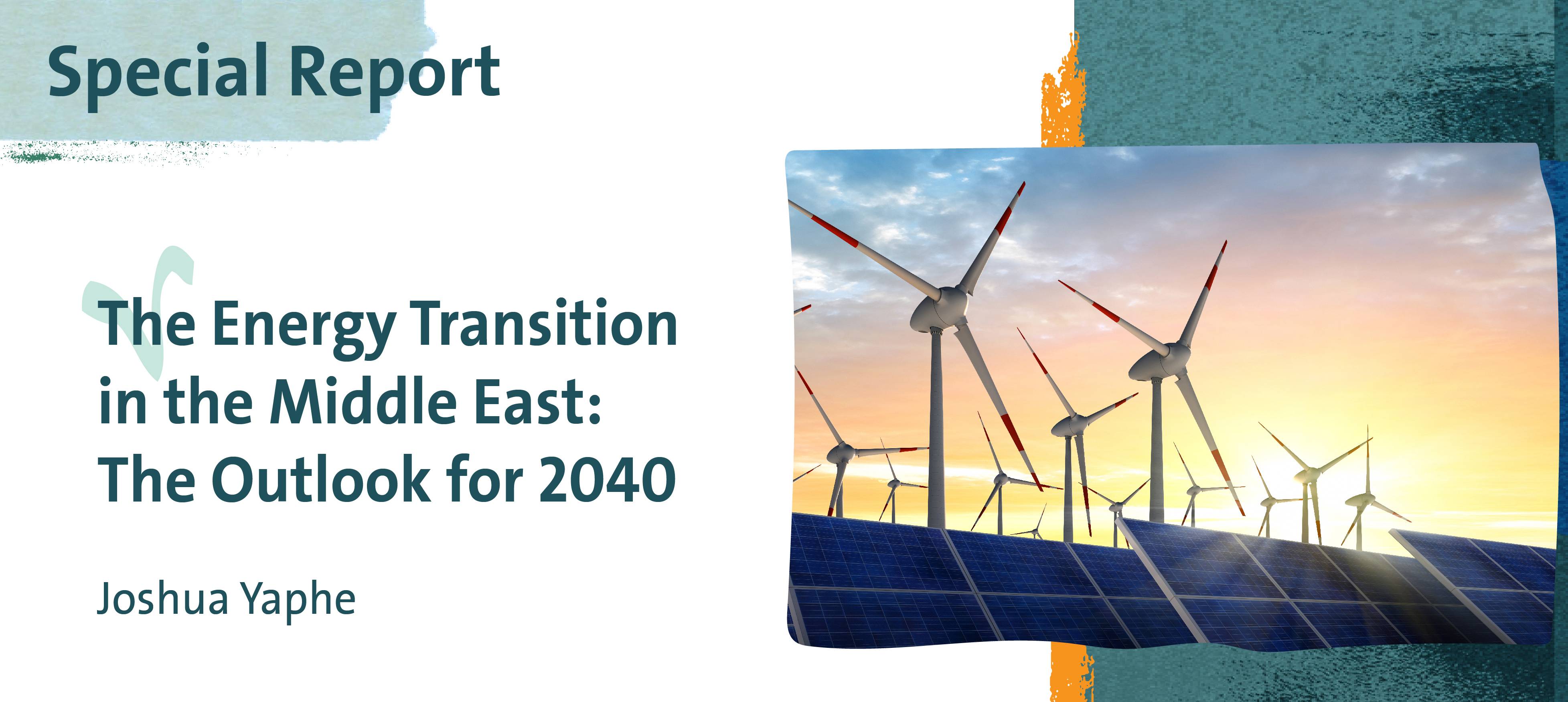The Energy Transition in the Middle East: The Outlook for 2040
Discussions about post-oil planning in the Middle East were rather common around fifteen years ago, when experts sought to focus attention on the need for economic diversification and consultancies aimed to help clients prepare long-term strategic visions. Governments that had the foresight to recognize the scope of the problem and the political will to commit real resources to it, have already begun the lengthy, arduous process of changing public mind-sets, bureaucratic cultures, and regulatory regimes. Some will succeed, gaining a competitive advantage over regional neighbors in terms of technology, efficiency, and productivity, making them valued partners for the international community in terms of maintaining peace and security in the Middle East. Others will survive, but their growth will be stunted and they will struggle to explain to the international community how they are contributing to global efforts at climate change and why Western countries should continue to lend them political, military, and financial support. Those governments that have not yet begun to address the problem probably do not have the time that will be required to accomplish all the necessary steps before peak demand arrives, their oil exports lose value and/or market share, and they can no longer maintain the patronage networks that are the backbone of regime survival. In a sense, we can already see the outlines of the post-oil future taking shape around us and we can start to assess its impact on industry, governance, and society, even if oil itself will continue to have value for decades to come and energy companies transform to meet the needs of the global economy.
This report is available in Arabic only. Its English version has been published by National Council on U.S.-Arab Relations.




